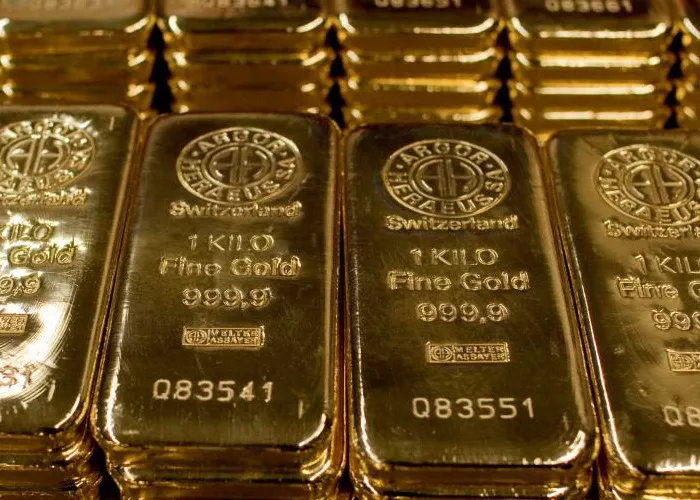The allure of gold is deeply rooted in human history, symbolizing wealth, power, and stability. Throughout various economic cycles, gold has been viewed as a hedge against inflation, currency devaluation, and geopolitical turmoil. However, recent trends indicate a shift in gold’s market position, raising concerns about its viability as a secure investment.
As of late 2024, gold prices have fallen from their previous highs, prompting discussions among investors about the underlying causes of this decline. Understanding why gold prices are falling requires a multifaceted approach, examining economic indicators, market sentiment, and geopolitical factors. This article aims to dissect these elements, offering insights into the current gold market dynamics.
Factors Contributing to the Decline in Gold Prices
Strengthening U.S. Dollar
One of the most significant factors influencing gold prices is the strength of the U.S. dollar. Gold is typically traded in dollars, meaning that a stronger dollar makes gold more expensive for investors using other currencies. As the dollar strengthens, demand for gold often decreases, leading to lower prices.
Central banks, particularly the Federal Reserve, have been raising interest rates to combat inflation. Higher interest rates increase the opportunity cost of holding non-yielding assets like gold, making interest-bearing investments, such as bonds or savings accounts, more attractive.As interest rates rise, the yield on Treasury bonds increases, leading investors to move their funds away from gold and into higher-yielding assets. For example, when the Fed raised interest rates by 0.25% in March 2024, gold prices fell sharply in response . This trend is s central banks around the world maintain a hawkish stance on interest rates.
Reduced Inflation Concerns
Gold has traditionally been seen as a hedge against inflation. However, recent economic data suggests that inflation rates are stabilizing or even declining in some regions, reducing the urgency for investors to seek refuge in gold.
For instance, the U.S. Consumer Price Index (CPI) showed a decline in inflation rates, with year-over-year inflation falling from 6.5% to 4.2% between late 2023 and early 2024. As inflation fears subside, the demand for gold as a protective asset diminishes, leading to lower prices .
Geopolitical Stability
Gold often se during times of geopolitical instability. However, recent global developments have contributed to a sense of stability, leading to decreased demand for gold as a protective asset.
For instance, improved diplomatic relations between major world powers and a reduction in military conflicts have diminished the perceived need for gold as a hedge against geopolitical risk. This stability has prompted many investors to seek opportunities in higher-risk assets, contributing to the downward pressure on gold prices .
Technological Innovations and Alternative Investments
Alternative investment options has also affected the demand for gold. Digital assets, such as cryptocurrencies, have gained popularity among younger investors seeking high-risk, high-reward opportunities.
This shift in investor preferences has resulted in decreased demand for traditional assets like gold. Moreover, advancements in various sectors, such as renewable energy and technology, have led to increased interest in alternative investments, further impacting gold prices .
Supply Chain Factors and Production Costs
Changes in supply chain dynamic can also influence gold prices. For instance, fluctuations in mining output, labor costs, and regulations can affect the availability of gold in the market.
If production costs rise due to labor disputes or increased operational expenses, miners may reduce output, potentially leading to supply shortages. Conversely, if mining companies increase production to capitalize on higher demand, this could lead to an oversupply and lower prices. Understanding these supply chain dynamics is essential for evaluating future price trends in gold .
Conclusion
The decline in gold prices can be attributed to a combination of factors, including a str, rising interest rates, reduced inflation concerns, market sentiment shifts, geopolitical stability, technological innovations, and supply chain dynamics. These interrelated elements illustrate the complexity of the gold market and the various influences at play.Gold may continue to play a role in wealth preservation and diversification, but understanding the underlying market dynamics is essential for strategic investment planning. The future of gold prices will depend on how these factors evolve and interact in the coming months.
Related topics:
- The Price of Gold in 1988: A Historical Perspective
- The Price of Gold in 1987: A Historical Review
- The Price of Gold in 1986: A Historical Perspective


